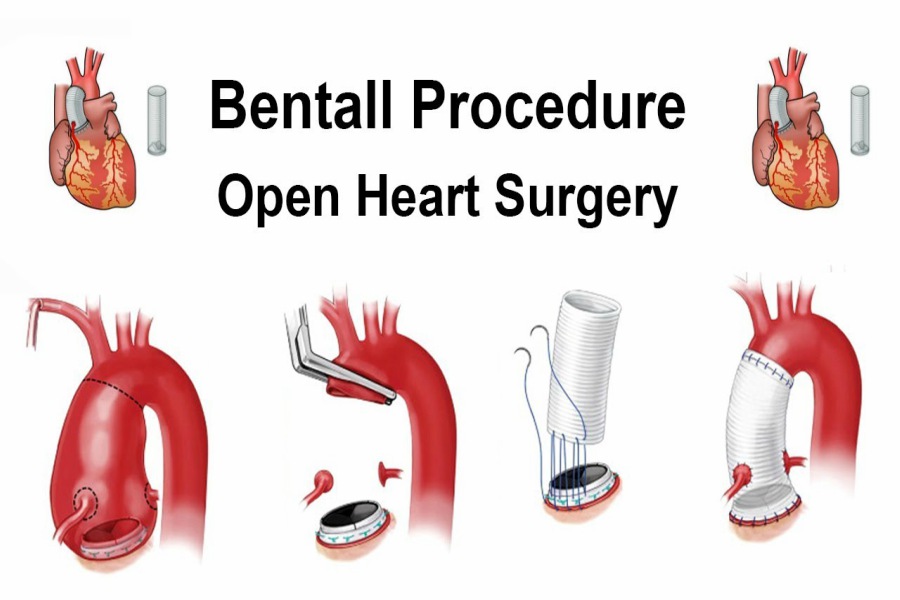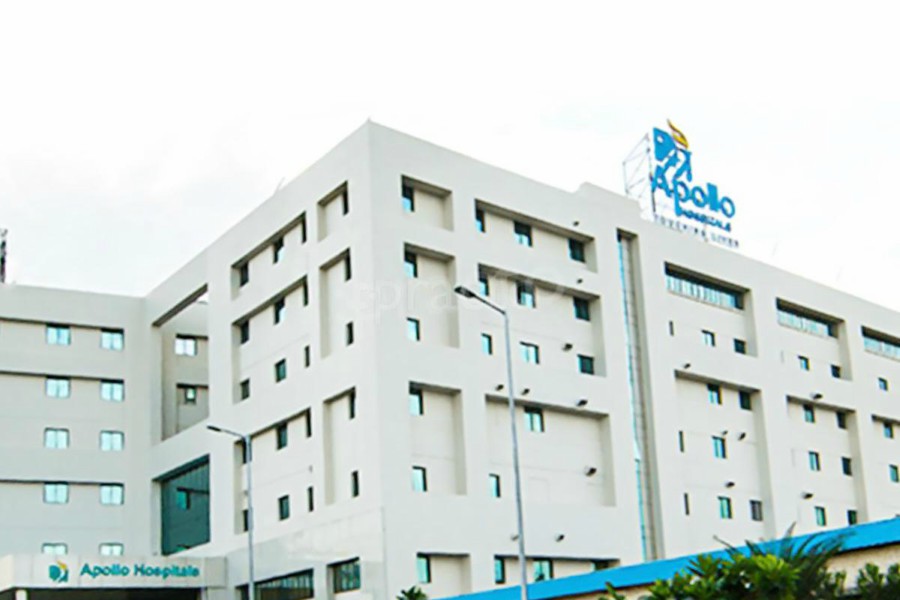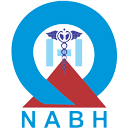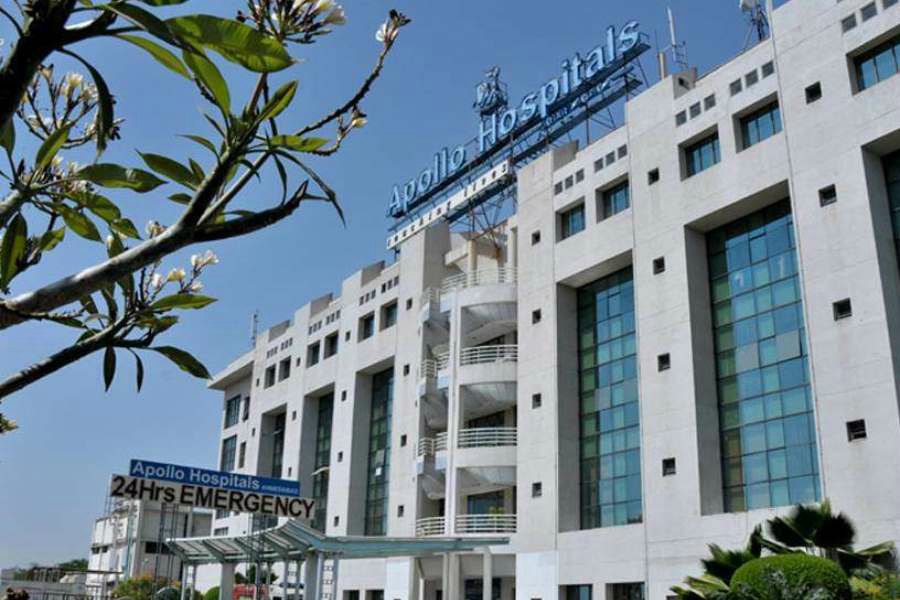
Overview
The Bentall procedure, otherwise known as the Aortic Root Replacement procedure, is essentially a surgical treatment to treat aneurysms in the aortic root. In this procedure, the diseased portion of the aortic root is surgically amputated and a biological or mechanical valve is inserted. This helps to correct the physiological error occurring due to the part which had the swelling.
The Aortic root is the connecting site of the aorta (the big artery going away from the heart) with the heart. It is comprised of three separate regions; the annulus (a tough, fibrous ring); the aortic valve and its leaflets; and the coronary ostia, the aperture where the coronary arteries attach.
Any aneurysm, that is, an irregular bulge in the wall of the cardiac blood vessels, can also be found at the root of the aorta. This outgrowth can expand or extend the aortic root, causing it to tear the inner layer of the aorta and introduce blood flow in that region. The layers start to separate, the blood flow gets hindered and when the pressure becomes too much, the arterial wall can rupture. This life-threatening condition is called aneurysm dissection and needs to be treated with haste.
Causes
Why is the Bentall procedure performed?
The aorta is one of the most important arteries in the body whose job is to carry purified oxygen-rich blood to the different organs. So, if any issues occur within the aortic root, the body will show the phenotypical markers which can be interpreted by your physician as a candidate for the Bentall procedure. The conditions which require the inclusion of the Bentall surgery can be surmised as;
- The aortic valve of your heart is unable to close properly.
- An irregular tissue outgrowth in the aortic root causes interruption of the blood flow.
- An aneurysm causing the splaying of the aorta.
- A genetic condition where the connective tissues, including the cardiac ones, lack of strength due to an abnormal chemical constituent. This syndrome is also known as “Marfan’s syndrome.”
- The inner layer of the aorta gets torn up due to immense pressure.
SYMPTOMS
The doctors taking care of your cardiac health may test out the current state of your heart and prescribe the appropriate surgical procedure. Some of the indications that may suggest your physician undertake this procedure can be stated as;
- High blood pressure: the presence of high blood pressure may give rise to this condition.
- Presence of infection: Any infection occurring within the cardiac tissues may be the cause of the aneurysm.
- Plaque buildup: This can happen due to lipid deposition in the arteries, leading to the generation of plaques in them. This phenomenon is otherwise known as atherosclerosis.
- Cholesterol increase: The increase of cholesterol level in the blood can cause the constriction of the blood vessels, leading to an aneurysm.
- Unexpected painful injury: Experiencing sudden traumatic injury by the body could be the cause of having an aneurysm, which may need the Bentall procedure.
The symptoms of an aneurysm in the cardiac root are not easily identifiable in this growing stage. Still, some of the outward indications that may help in characterizing the nature of the cardiac ailment can be listed as;
- Pain the chest and back region.
- Struggling in breathing or swallowing
- Problems in air inhalation.
- Excessive coughing.
- Hoarseness of the voice.
DIAGNOSIS
The diagnosis and evaluation of the aortic issue that may require a surgeon performing Bentall procedure to correct the same can be performed using various methods. Sometimes, to be sure, the attending surgeon may perform more than one test. The examinations may range across the following:
- X-ray: This technique uses light with a shorter wavelength than visible light to take images of the internal organs that can help in detecting the problem.
- Echocardiogram: Used to detect any kind of cardiac anomaly.
- CT scan: Applied for getting a detailed picture of the internal parts of the body.
- Ultrasound: Here, sound waves with high frequency are used for obtaining the internal picture of the patient’s body.
After considering the obtained data from the different examinations, the physician may opt to perform the Bentall procedure or not.
RISK FACTORS
As the Bentall procedure is an intrusive technique, hence it has a little higher threat than other non-invasive examinations. The risks comprise of:
- Bleeding
- Arrhythmias
- Short-term memory problems
- Blurred vision
- Difficulty in focus
- Infection
- Pulmonary and nephrological problems
- Cardiac arrest and stroke
- Blood clots in different regions
POST-OPERATIVE CARE
After the Bentall procedure, the patient may be kept in an ICU for a day or two for observation. During this time, he or she will be connected to instruments that monitor their heart, blood pressure, body temperature, and inhalation. After you are able to sit on your own, you will be transferred to the cardiac ward for further recuperation. Other things you may need to take care of will be as below:
- You will be given a dressing over the surgical wound till the spots go away.
- You may face constipation, which is normal after a long operation. You can take laxatives or ask for necessary diets after consulting with the doctor.
- You may feel slight discomfort and tightness in the chest. Change your posture frequently, take deep breaths and sleep comfortably. This feeling will subside after a few weeks.
- You may feel sleeplessness in the nights or may have interrupted sleep. This is normal after a major operation and will subside over time.
- You may experience slight feverish or cold condition after the early days of the surgery. This will get better as your body will gradually retain its temperature balance after a few days of the operation.
TREATMENT
The treatment protocol, especially for the surgery, is divided into three parts and must be followed by the patient for the right management. The time-points can be divided as;
Before the procedure
You need to check with your doctor for the continuation or suspension of taking any medication that was already ongoing. Around two weeks before the date, you will also need to designate someone for collecting you from the hospital. If you have a medical cover or insurance, inform the officials and the finance department of the hospital for due action. Your doctor may do some pre-operative tests and suggest an antibacterial soap.
A day before the surgery, you will need to have a clear bowel movement and may have to stop eating and drinking. The hospital staff may clip off hair from the operable region and remove jewelry, makeup, and other accessories before the operation.
During the procedure
- You will be taken to the operation theater and laid in the operating table.
- You will be given general anesthesia to make you fall asleep.
- Your heart will be connected to a heart-lung machine.
- The doctor will open your chest cavity and locate the affected part of your aorta and aortic valves.
- The coronary arteries will be temporarily removed.
- The doctor will insert a graft, mechanical or biological, complete with a built-in valve, into the region.
- The coronary arteries will be reconnected and the cavity closed.
The total time taken in this procedure can reach up to five hours.
FACTORS AFFECTING COST
The cost of the surgery will depend on the following;
- The type of hospital chosen
- The type of graft and its quality
- The operating room charges
- The fee of the surgeon
FAQ
It is if the condition has reached the aortic aneurysm stage. Ignoring it may cause it to rupture and cause internal bleeding. This is a serious condition and may lead to death without proper medical management and surgical care.
This is determined by the surgeon who is in charge of your operation. In mechanical valves, you need to keep taking blood-thinning medicines for the rest of your lives, whereas in tissue valves, no such drugs are needed.
The procedure will take about five hours in the operation stage alone. However, if the patient suffers from diabetes, high blood pressure, or other illnesses, then the time of recuperation may vary from the general norm.
Usually, aortic aneurysms cannot be detected from outside unless they rupture within. In case of a rupture, the layer of the arterial wall may split, called dissection; causing a sharp, sudden pain in the upper back that radiates downward. If that happens, take the patient to the nearest hospital.
No, once an aneurysm has been detected it will not go away on its own. The medication prescribed may slow its growth, but will not offer any permanent protection. To get a long-standing solution, surgical procedures like the Bentall technique are the only key.


 Best Hospitals
Best Hospitals















